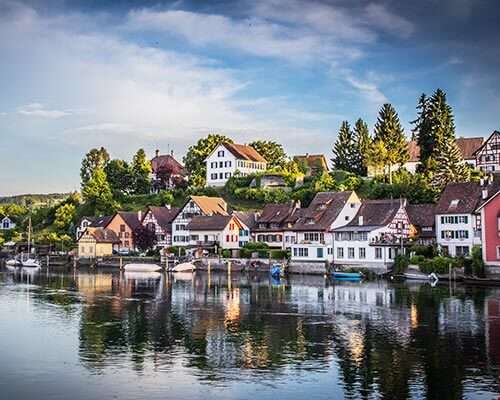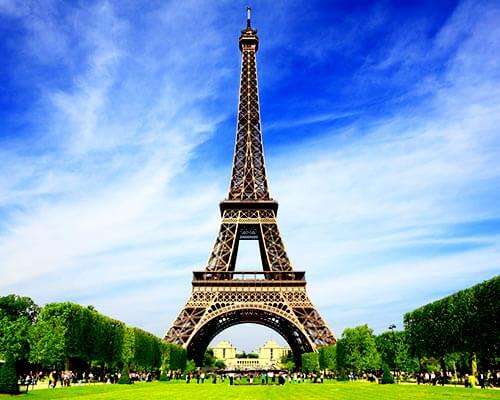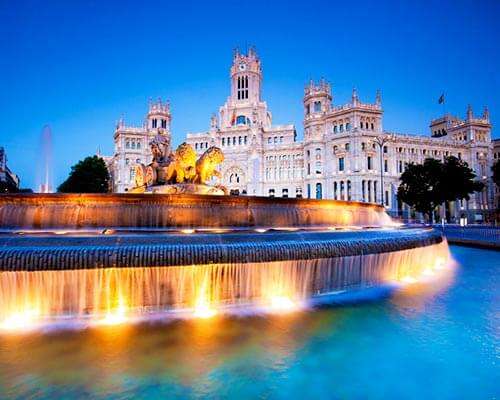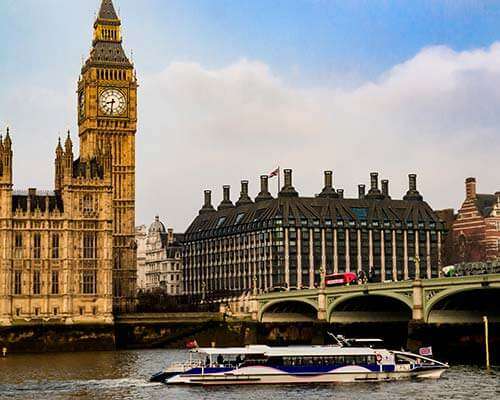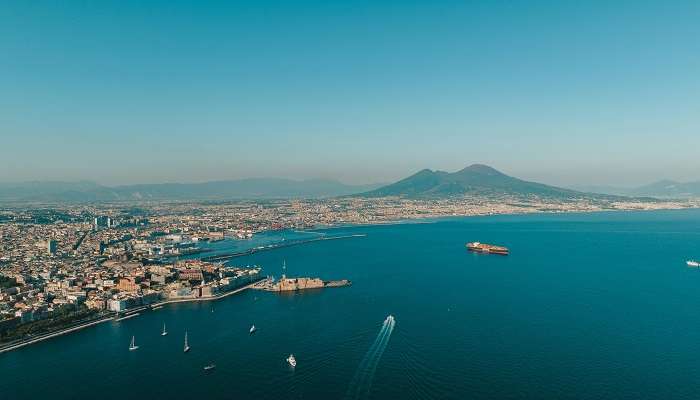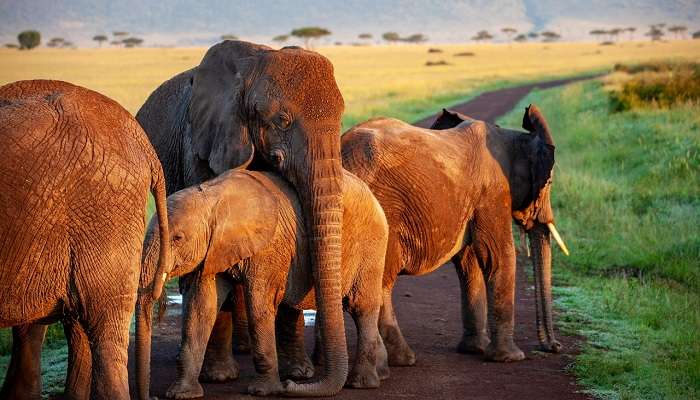National Parks In Belgium: 6 Places To Explore The Wildlife In The Cockpit Of Europe
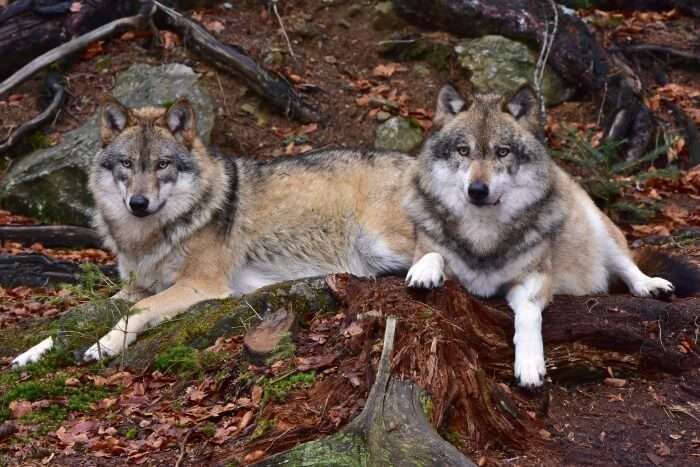
Whether you’re searching for an end of the week break or a more drawn out excursion, Belgium has a lot to offer to tourists. On the off chance that you plan a visit to Belgium, the outing is not complete without taking a visit to the Belgian national parks. The national parks in Belgiumare not less than a visual joy. These national parks are stunning, and with such a significant number of alternatives, it tends to be overwhelming to choose.
Top 6 National Parks In Belgium
A complete list of Belgian nature regions would continue for pages as they are many in numbers, so here are just a couple of the largest ones. These are the ones you truly shouldn’t miss.
1. Hoge Kempen National Park
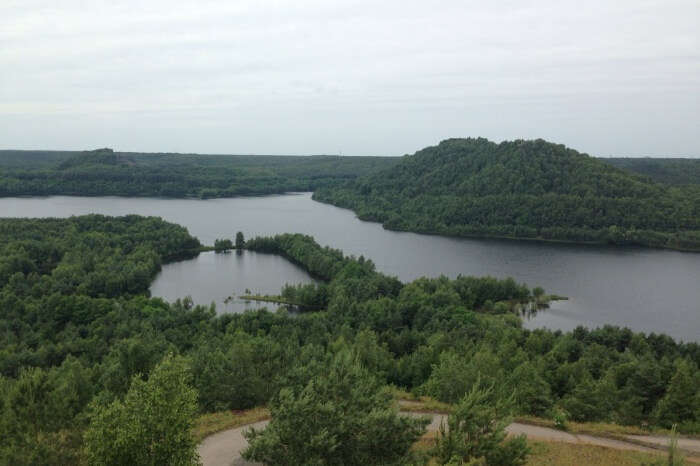
Hoge Kempen National Park: nature in the entirety of its greatness! The National Park in the Belgian region of Limburg is a unique nature reserve protecting and looking after 5700 ha of timberland and heathland. The park extends over the regions of Dilsen-Stokkem, Zutendaal, Maasmechelen, Lanaken, Genk, and As.
The park offers a great view with broad pine woods amongst purple blooming heathland, large lakes filled with rocks and extracted sands. The high peaks also offer a great view to the visitors.The Hoge Kempen is home to more than 6,000 types of fauna and flora. One can witness vultures, falcons and other prey birds swooping in between the trees. Nightjars, deer’s, smooth snakes and creepy crawlies including grasshoppers, lion ants, and European honey beewolves are all to be found here.
There are various dragonflies and butterflies, including swallowtails, purple hairstreak, and popular chief of naval operations, silvery heath, chalk slope blues, and Weaver’s fritillaries. The park has five gateways through which guests can enter. Each gateway has a guest focus, parking, an inn and plenty of space to eat and be engaged. Each gateway is themed and offers an alternate view of the park.
Must Read: Shopping In Belgium: Ten Places To Shop For Fantastic Chocolates To Chic Clothing
Europe Holiday Packages On TravelTriangle
Explore the most beautiful places to visit in Europe, from Paris to the Venice canals and from the Greek islands to the Swiss alps. Book customized packages by expert agents on TravelTriangle. Inclusive of airport transfers, cab, resort, sightseeing and meals. Best holiday experience Guaranteed. Book Now
2. De Zoom– Kalmthoutse Heide
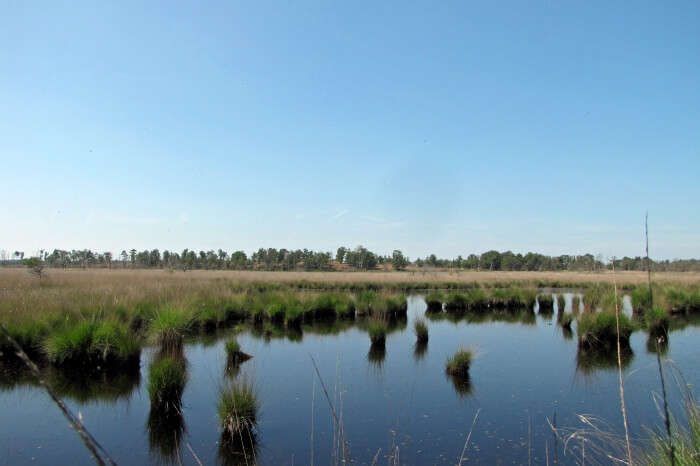
‘De Zoom– Kalmthoutse Heide’ is a cross-border park on the Belgian– Dutch border. It is a unification of two previous parks, the ‘Kalmthoutse Heide’ in Belgium and ‘De Zoom’ in The Netherlands, together stretching out over 37.50 square kilometers. A vast area of the premises of the park is masked with heathland.
The cross-border park is overseen by a novel commission in which both Flemish and Dutch associations are spoken to. The cross-border park is claimed by the territory of Flanders, the region Kalmthout, Staatsbosbeheer, Natuurmonumenten, and a few private proprietors. The best-known area of the cross-border park falls in Belgium, in the north of the area of ‘Antwerp.’The Dutch part falls in the district ‘Woensdrecht’ and stretches from the outskirt to the towns Huijbergen and Putte.
As we stroll in the ‘Kalmthoutse Heide’, we can see some surprising species, for example, Smooth snake, Viviparous reptile and Crested Newt, and additionally Moor frog. Uncommon butterfly species are Green hairstreak, Grayling, Silver-studded blue, Checkered captain and Clouded yellow.
Suggested Read: 10 Beaches In Belgium That You Must Visit On Your Trip
3. Burdinale and Mehaigne National Park
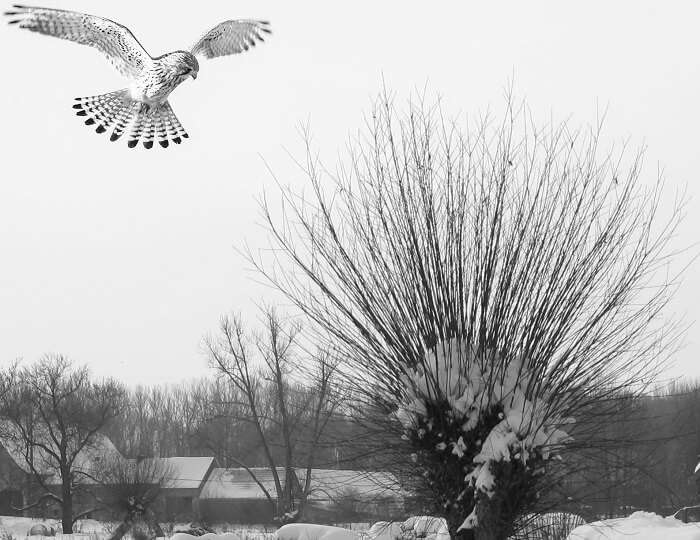
The ‘Valleys of the Burdinale’ and ‘Mehaigne National Park’ includes 42 sq. mi or 11,000 hectares in ‘Wallonia.’ It is roughly triangular in shape with the two base points set apart by the towns of Huy and Andenne, which sit seven miles separated on the River Meuse.
The highest point of the triangle is at Hannut, 15 miles toward the northwest. The park is named for the two streams: the ‘Burdinale’ and ‘Mehaigne.’ Each of the two waterways has its own character, which gives the park an extraordinary assortment of amazing scenes. There are forest ecosystems, bogs and meadows as the valleys open out.
The park includes numerous zones of exceptional beauty, some of which are recorded in the Europe-wide Natura 2000 list of extraordinary zones of biodiversity. Alongside the area is filled with pleasant homesteads, watermills, and palaces in the midst of a rich social and building blend. With its incredible diversity, the Burdinale and Mehaigne Park is the ideal base for a vacation, especially if you adore rustic settings, legacy, and extraordinary natural beauty.
Suggested Read: Belgium Food: The 10 Mouth-Watering Delicacies You Must Try!
4. The Nature Park of the Two Ourthes

The ‘Nature Park of the Two Ourthes’ is a piece of the schistose massif of the Rhine basin and lays on the absolute oldest rocks of Belgium . It is arranged in the upper east of the area of Luxembourg along the outskirt with the Grand Duchy of Luxembourg. Its area of 76,000 hectares covers the lofty slants of the Ourthe valley.
The source of the Eastern Ourthe is arranged in the town of a similar name close to the region of Gouvy. The stream at that point gales its way through the farmland to the residential community of Houffalize. The Western Ourthe quickly courses through Sainte-Ode and among Tenneville and Bertogne to at last join with the other part of the stream close Le Hérou.
Subsequent to having converged to shape the Ourthe, the two streams stream towards the delightful town of La Roche-en-Ardenne, winding through a scene portrayed by lush inclines and commanded by impressive rock formations.
Suggested Read: Belgium Nightlife: 5 Ways To Enliven The Dark Hours!
5. The Zwin

‘The Zwin’ is a nature reserve at the ‘North Sea’ drift, on the Belgian-Dutch outskirt. It comprises the passage zone of a previous tidal bay which amidst the Middle Ages associated the North Sea with the ports of Sluis and Bruges inland.
The Zwin delta was framed initially by a storm that got through the Flemish drift in 1134, making a tidal channel that achieved somewhere in the range of 15 km inland and was likewise associated, through another passage, to the opening of the ‘Scheldt’ further north-east. The new watercourse offered access to the ocean to the inland city of ‘Bruges’, which thus rose to end up one of the principal medieval port urban areas of Europe. The towns of ‘Damme’, ‘Sluis’ and ‘Sint Anna ter Muiden’ were likewise situated on the Zwin. But from the end of the thirteenth century onward, the channel was influenced by dynamic silting, which eventually made the waterway wind up unusable and remove the harbor of ‘Bruges’ from the ocean.
The existing nature reserve was established in 1952. It encompasses a region of 1.25 square kilometers in ‘Knokke-Heist’, Belgium and 0.33 square kilometers in Sluis, Netherlands. It is recognized for its substantial varieties in salt-resistant flora, for example, ocean lavender. It is also well known for bird spectators. There is a small zoological garden with some real household bird and it is one among the few of the spots in Belgium with a populace of white storks.
However, in March 1986 it was announced the ‘Wetland of International Importance.
Suggested Read: 32 Places To Visit In Belgium In 2022 That Make The Country Irresistible
6. Eifel Nature Park
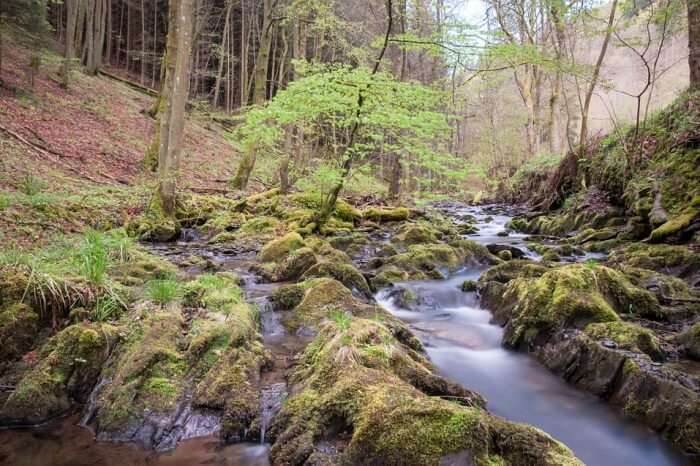
The coldest and most far-flung nature reserve in Belgium is the house of the most mysterious untamed life. Other than your standard wild pigs and deer, the High Fens has pulled in wildcats and the dark grouse, and since the new millennium, the lynx has again been located here without precedent for three centuries. Its intelligent nature and the district’s regular low-hanging fogs imply that you’ll unlikely detect the plumy-eared cat; however, his inconspicuous nearness unquestionably adds to the supernatural character of the place. Some portion of the parks fields, which extend the distance over into the German areas of Nordrhein-Westfalen and Rheinland-Pfalz, goes back to the last Ice Age.
The ‘Hohes Venn Eifel’ nature park, which crosses international borders, connects ‘North Rhine-Westphalia’, Rhineland Palatinate’ and eastern Belgium in the north of the ‘Eifel.’ The nature park is mostly occupied by dim blue lakes and waterways, gurgling watercourses and wide dams, and in addition thickly forested mountain ranges.
The ‘Eifel National Park reaches out over a region of approx. 110 square kilometers amidst the ‘Hohes Venn Eifel’ nature park. The protected zone offers undisturbed living space for wild felines and dark storks, among different creatures. In the late spring, the yellow sweeper blooms turn the ‘Eifel National Park’ brilliant. Also, the southern zone of the ‘Eifel National Park’ is even home to a few kinds of orchid, for example, the moorland spotted orchid.
Further Read: 15 Festivals In Belgium: Extravaganzas That Will Fill Your Life With Unparalleled Jubilance
These were some of the most acclaimed and worth visiting national parks in Belgium. If you are eager to make the most out of your visit to Belgium, there is no better way than taking Belgian national park trip. The most ideal approach to visit the forests in Belgium is to take the assistance of a local tour guide who can take you to places and offer data that will always stay alive in your memories.
People Also Read:
National Parks In Greece National Parks In Germany National Parks In Netherlands
Looking To Book An International Holiday?
Book memorable holidays on TravelTriangle with 650+ verified travel agents for 65+ domestic and international destinations.

